Low Temperature Carbon Steel Pipes, often referred to as LTCS pipes, are a type of steel pipe specifically designed to operate in environments with extremely low temperatures. These pipes are widely used in industries such as oil and gas, petrochemical, and chemical industries where they must withstand temperatures below -29°C and beyond. The LTCS grade A333-6 is most frequently used for flare lines to withstand a temperature of -46°C.
Low-Temperature Carbon Steel (LTCS) is used in piping systems when there is a possibility of process fluid temperature falling below -29 degrees centigrade during operation. In a typical refinery, ASTM A106 Gr B material is used for carbon steel, and ASTM A333 Gr 6 is used for LTCS in normal operation. There is no major difference between these two materials in the composition. Also, no non-destructive testing is available which can ensure these two materials. So if by mistake CS and LTCS mix up with one another and someone installs CS in place of LTCS without knowing the major operational impact what’s the solution?
Reason for Mix-up:
In construction sites sometimes material mix-up may occur. Someone may be wondering how Carbon steel (CS) and Low-Temperature Carbon Steel (LTCS) material could mix up. The main reason is that no physical identification is possible and There are various possibilities that can arise at a construction site:
- Common surface preparation & painting yard for all materials.
- In many cases, the color coding of pipes (Positive Material Identification-PMI) was not followed due to schedule pressure.
- On pipe fittings, identification marks are written by a low-stress punch which was not visible after painting.
- Common store/contractor/fabrication area on the construction site.
- Ignorance of all concerned about the criticality & impact of a mix-up with normal carbon steel.
So what would you do in such a situation?
Process piping code ASME B31.3 provides guidelines in such situations. There is a provision in ASME B31.3 codes that is based on the stress ratio, the minimum allowable temperature of carbon steel materials can be further lowered without any impact testing.
So what’s this stress ratio?
The stress ratio can be defined as the maximum of the
- a) Nominal pressure stress divided by allowable stress at design minimum temperature.
- b) For piping components with pressure ratings, the operating pressure is divided by the rated pressure at the design minimum temperature.
- c) Combined longitudinal stress, without stress intensification factor, due to pressure, deadweight, and displacement strain divided by allowable stress at the design minimum temperature. (Coincident Conditions)
Note that the Stress Ratio requires computed stresses at minimum temperature and coincident pressures and No stress intensification factor to be used for stress calculations.
So, calculate the stress ratio as per the above guidelines.
Now the code provides a graph (reproduced above in Fig. 1) from where you can calculate the amount of temperature reduction with respect to the stress ratio. From the figure for a temperature reduction of -17 degrees centigrade (to make it -29-17=-46 degree centigrade) the required stress ratio is 0.65. So if the calculated stress ratio is within 0.65 then do not be worried. In case the stress ratio exceeds 0.65 provide additional support to reduce the stress ratio within that limit.
In this way, you can reduce the probable huge impact of material changing (thereby cost) after the erection of piping is already over.
Differences between LTCS and CS
The major differences between LTCS and CS materials are listed in Table 1 below:
| Carbon Steel | Low Temperature Carbon Steel (LTCS) |
|---|---|
| CS usually has a higher carbon content (typically >0.2%) | LTCS, in general, have a lower carbon content (typically <0.2%) |
| Carbon steel in general operated for normal temperature service (above freezing point) | LTCS is specifically designed for low-temperature service (below freezing point, down to -46°C or lower) |
| CS Pipes may have reduced impact toughness at low temperatures, leading to brittle behavior | LTCS Pipes have enhanced impact toughness to resist brittle fracture at low temperatures |
| The microstructure of CS Metallic Pipes are usually ferritic, pearlitic, or other structures based on the carbon content | The microstructure of LTCS pipes is generally ferritic or pearlitic microstructure |
| CS pipe materials may not require specialized low-temperature heat treatment | LTCS pipe material requires specific heat treatment to optimize low-temperature performance |
| CS pipes follow general carbon steel standards (e.g., ASTM A106, A53) | Low-temperature carbon Steel pipes are subjected to specific low-temperature standards (e.g., ASTM A333) |
| CS pipes are commonly used in applications with moderate or higher temperatures | LTCS pipes are primarily used in industries with extremely low temperatures, such as LNG, cryogenic, and low-temperature chemical processing |
| For CS pipes, welding procedures may not be as critical | LTCS materials require specialized welding procedures and post-weld heat treatment to prevent hydrogen-induced cracking and maintain toughness |
| CS Piping Materials are Vulnerable to corrosion in harsh environments | LTCS Piping materials are typically enhanced corrosion resistance measures due to exposure to cryogenic fluids or sour service environments |
| CS pipes are generally less susceptible to HIC | LTCS pipes may require measures to prevent hydrogen-induced cracking, especially in sour service environments |

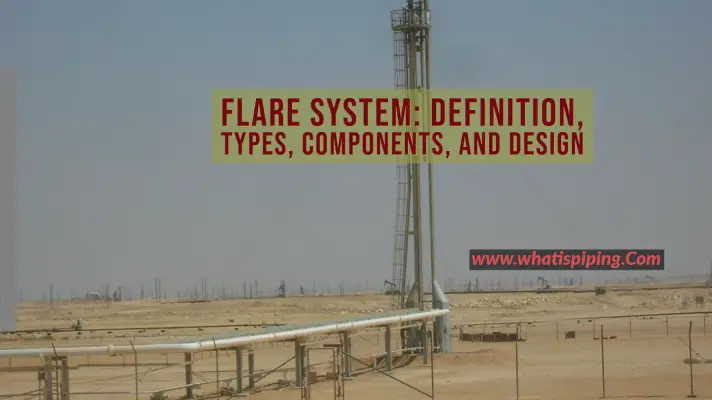
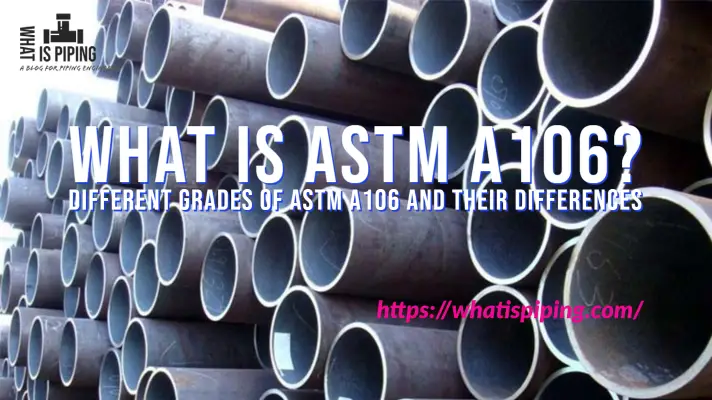
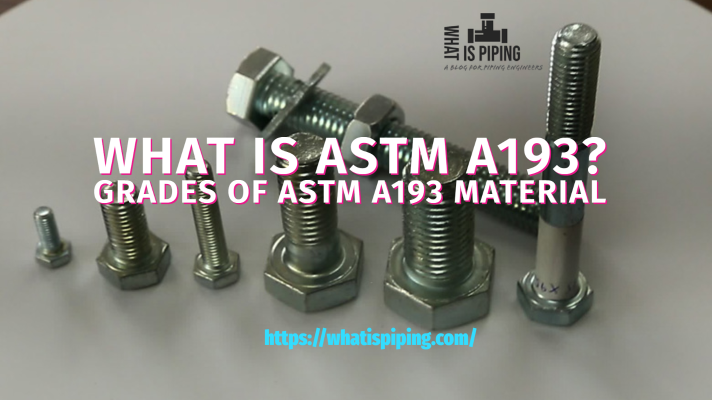
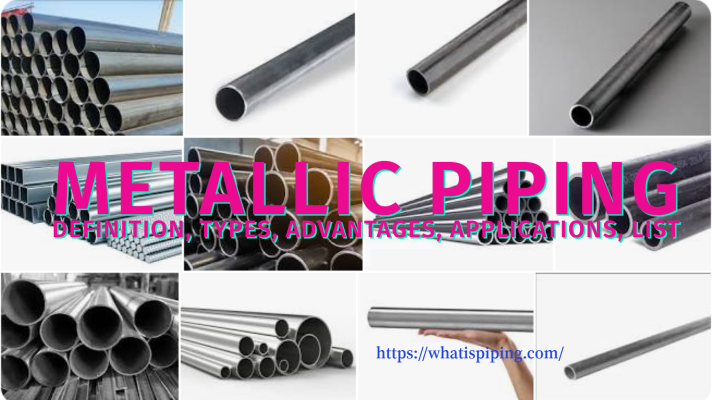
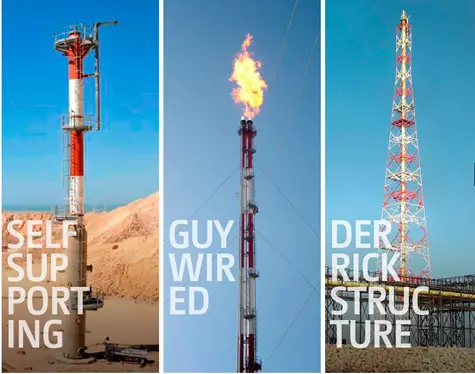

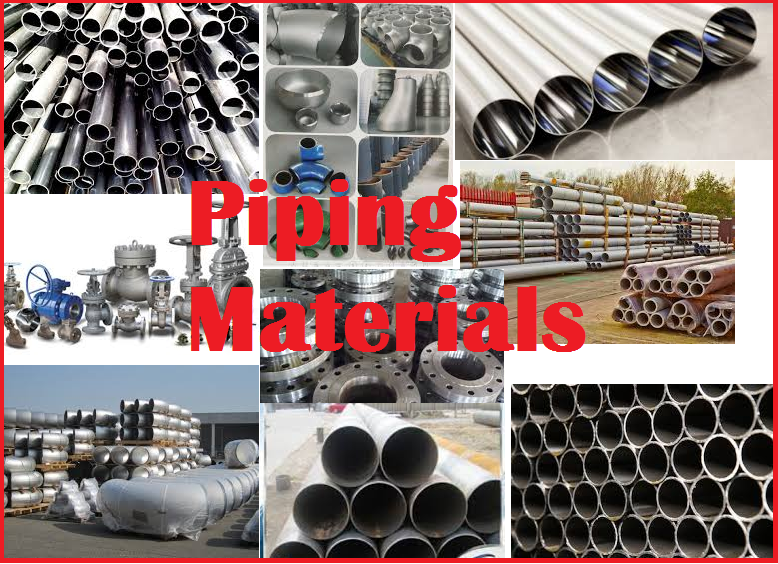
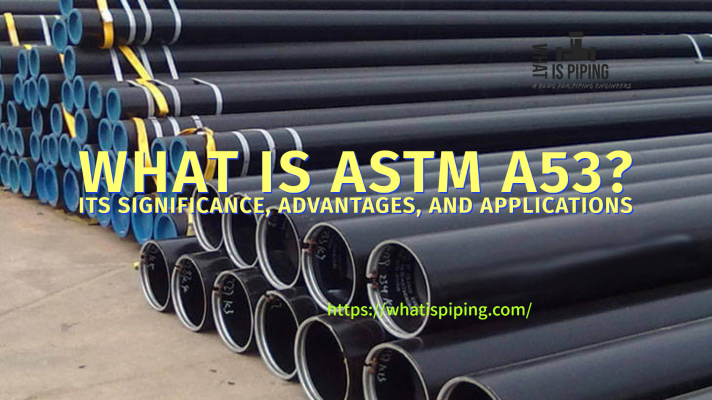
nice article!
Very nice post…good job..keep posting…..
For this query, I searched many websites but completely satisfied with the explanation w r t ASME B31.3.
nice its worth reading.
How you made = -46 Degree cel, what is the basis. I would like know more on this, my line is running on bridge my Nominal pressure stress + Bridge Displacement is no chance to get the 0.65.??
This only works if the weld procedures also meet the LTCS requirements for impact test. All this allows you to do is use non LTCS. It does nothing for a welded system where the weld procedures were not designed for low temperatures.
Nicely Written Great Article
WARNING:/CAUTION:
Good topic, however highly recommend you to include caution statement on this topic for use because it needs high attention on approval from operator perspective.Reading your post should not mislead LTCS can be replaced by CS grade(in any case). Which is wrong.
If you dont mind, can you share your actual project experience? In terms operating temp..application….etc. LTCS used in design because of depresurrisation case …..
My point, in first instance CS grade should not been installed where LTCS should be used which itself a default in Construction.It is a design integrity process safety issue.
Would like to have your views on using this approach for inline piping items like valves, strainers etc. for which the geometries are convoluted. The B 31.3 code clearly mentions only pipes and blinds where the stress definitions are straightforward.
Supperb sir ji you really inspire me i also try as you do
Thank you
Good explanation, It is useful to me.
Precise reply .so neatly summed up
We try to know what will happen if we use cs filler metal in LTCS welding job?
Good explanation
CS electrode can be used for LTCS pipe or vice versa ?